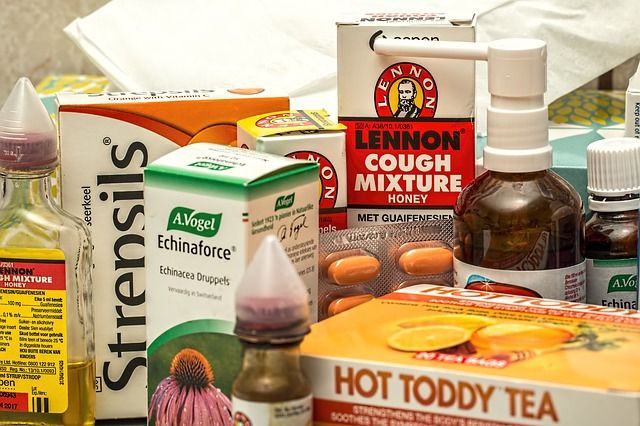Coughing Up Phlegm: What The Color Of Your Sputum Says About Your Health

It’s not uncommon when you develop a hacking cough from deep down in your lungs to cough up a gel-like substance known as phlegm, or sputum. While you may think nothing of it, simply associating it with your sickness, the color of the mucus can tell you some things about the pathogens invading your body.
The body is a mucus-making machine, producing about 1 to 1.5 liters of phlegm every day, even when you’re healthy. “In health, phlegm/mucus is mostly clear and minimal,” Dr. Matthew Exline, a pulmonologist and critical care specialist at The Ohio State University Wexner Medical Center, told Medical Daily in an email. “If you are coughing up significant amounts of phlegm you could have an infection or allergies.”
While coughing up only a little clear phlegm is considered normal, larger amounts of phlegm may indicate a developing infection. This occurs as a result of the respiratory tract becoming inflamed, which also leads to coughing. In turn, this coughing speeds up the rate for which the infection affects a person.
So, now that we’ve gotten clear phlegm out of the way, what do other colors of phlegm mean for our health?
White or Gray Phlegm
Coughing up white or gray phlegm is often an indication of an upper respiratory tract infection or sinus congestion. Dr. Steve Okhravi, an emergency physician and founder of DocChat and Emergency Medical Care, says this type of phlegm drains from the sinuses. “Normally, your sinus doesn't drip, but when there's inflammation, either viral or bacterial, it can cause a drip from your sinus into your throat,” he told Medical Daily in an email.
You might have heard consuming dairy products can cause white mucus to develop. This isn’t true. However, dairy can make it thicker, and therefore more troublesome for the body to drain. This causes the mucus to stagnate and dry out, leading to a white discharge. Meanwhile, coughing up gray phlegm may be a sign that the body is trying to get rid of resins or tars that accumulated from excessive smoking or inhalation of large amounts of air pollutants like smog or dust.
Green or Dark Yellow Phlegm
A thick and dark yellow phlegm may be a sign of a viral or bacterial infection, sinus infection, or lower respiratory tract infection. Typically, this occurs when the immune system sends white blood cells, known as neutrophils, to the area of infection. These cells contain a green protein, which, when present in large quantities, turn the mucus into a greenish hue.
A 2011 study published in the European Respiratory Journal, however, found that green or yellow phlegm does not always signify an infection. After some tests, researchers found only 59 of every 100 samples of green phlegm contained bacteria while only 46 out of every 100 samples of yellow phlegm contained bacteria. “Contrary to popular belief, having greenish mucus does not necessarily mean you have a bacterial infection,” Exline said.
Brown Phlegm
People who smoke tend to produce more brown phlegm, which often comes out combined with saliva in a grainy texture. Excessive smoking can cause phlegm to turn brown because of all the resin, tar, and other particulate matter in cigarettes, which the body tries to cough back up, according to Exline.
When cigarettes aren’t the culprit, people may cough up brown phlegm because of the foods they’re eating, including chocolate, coffee, and red wine.
Pink Phlegm
Pink-colored phlegm is anything but pretty. Coughing up pink phlegm is an indicator of pulmonary edema, also known as fluid in the lungs. It can also be a sign of bleeding when seen in small amounts, which show up as a stain or streak. This type of phlegm can also have a frothy texture, which usually occurs in people with pre-existing heart problems, according to the UK’s National Health Service.
Bloody Phlegm
Blood found in phlegm is known as haemoptysis, while streaks of blood in phlegm is a benign sign of bronchitis. Coughing up a significant amount of blood could also be a sign of tuberculosis, pneumonia, cancer, or pulmonary embolism, Okhravi said. If there’s excessive bleeding, more blood than phlegm, or it doesn’t stop, you should seek medical attention immediately because it could mean you’re dealing with a more serious health problem.
This article originally appeared in Medical Daily.
Copyright Medical Daily News Service. All rights reserved.





















